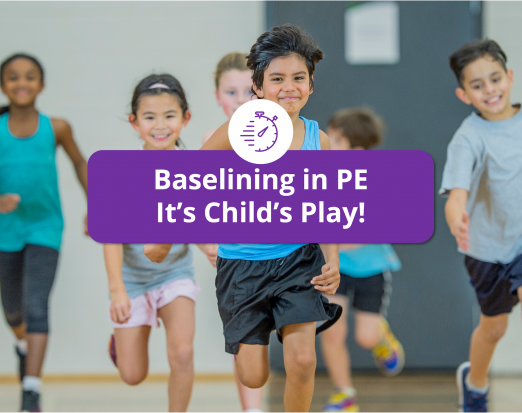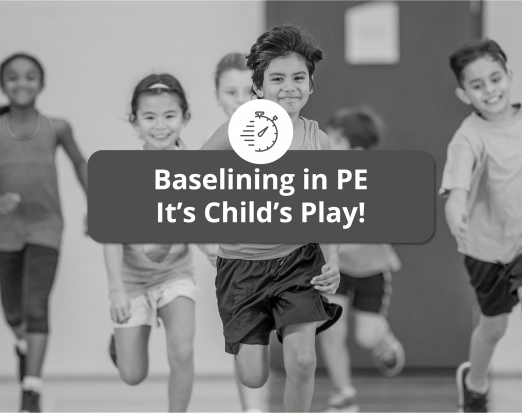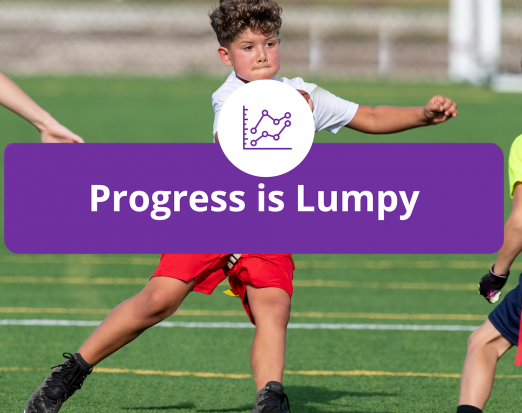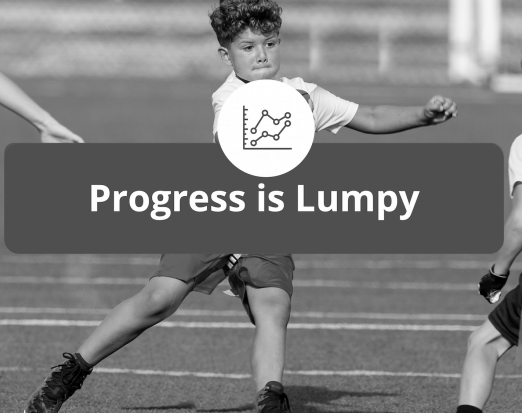PRE-SEASON AT HOME - CHALLENGE 5 - DEVELOPING STRENGTH
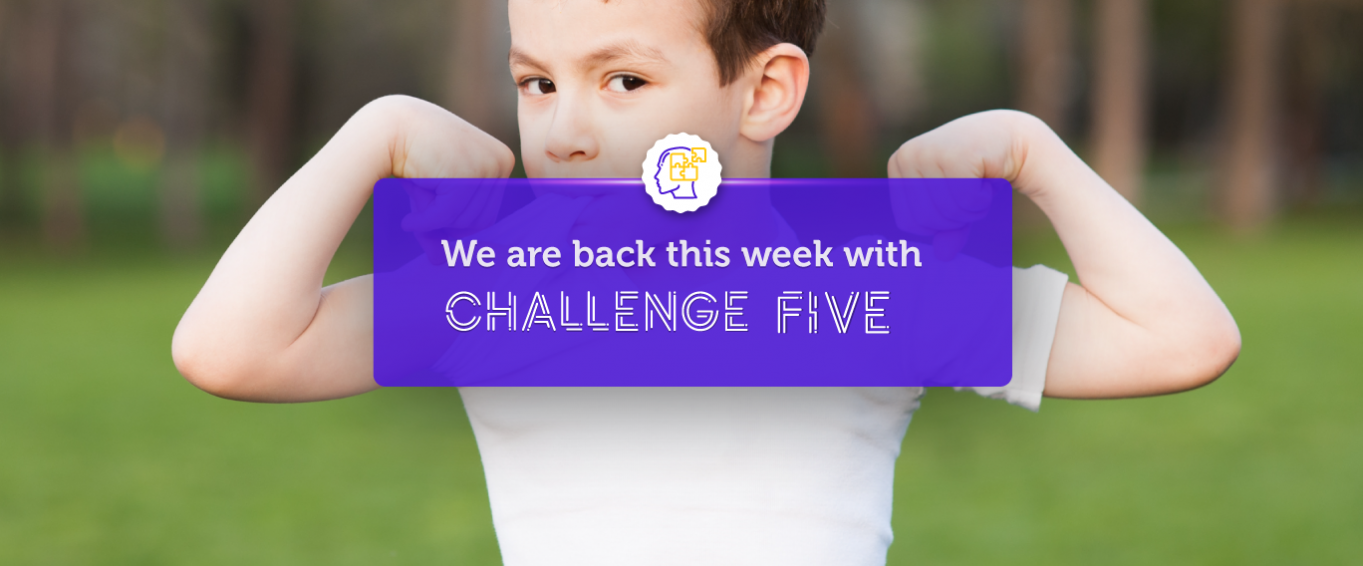
How to get stronger for Sport!
Pre-Season at home enters week number 5. As we enter the penultimate week of our summer programme, we are taking a more in-depth look at Strength and more importantly how it can be developed to enhance your sports performance.
Strength will help maximise performance in many sports, combat and contact sports in particular, however strength can also provide a foundations for other elements of fitness such as control, power and speed, making it a very usual asset to many athletes.
What is strength?
Maximum strength can be defined as the maximum amount of force that can be generated within a muscle or group of muscles during a single contraction. This definition is fine, and universally accepted, however, when applying strength training to young athletes we should view strength as a skill too.
The skill of being strong
All movements require a level of strength or force production, from walking, running, jumping, dancing and specific sporting skills. Pre-peak height velocity, as young athletes do not have the relative hormonal production to increase muscle mass, the body goes through a period of learning on how to generate strength/force via the nervous recruiting and organising muscle fibres. This is collectively known as neuromuscular and neuromuscular adaptations.Neuromuscular adaptations allow for an increase in strength/force production without an increase in muscle mass. Therefore, giving young athletes the opportunity to explore different activities from free-play, dancing, yoga and bodyweight movements, along with sporting drills, these will all drive essential neuromuscular adaptations.
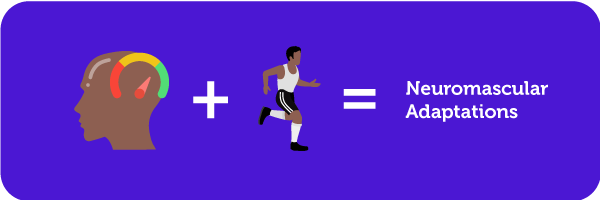
Playing Sport is not Enough for Strength Development
It is extremely common for young athletes to use their sport as their training. Remember, that a long-term athletic development programme is developing young athletes over a relatively long period of time, and it’s the accumulation of training which is arguable the most important factor (sometimes referred to as training age). Research has shown that if strength training in young athletes stops, the young athlete’s strength levels start to decline, even if the young athlete continues playing their sport. Interestingly, the decline in strength levels quickly revert back to pretraining levels within 8 weeks (think about summer holidays!).
How to train
For boys up to the age of 10 (and girls at 9) most adaptations will be from the nervous system recruiting, organising and changing firing patterns to generate strength. This can be achieved through a multi-sport/multi-activity approach. Taking part in in the following activities will support with strength development:
- Movement Skills
- Dance Patterns
- Yoga
- Bodyweight Exercises
- Sport Skills (Multiple Sports)
As the young athletes learn and develops (through post-peak height velocity – usually post 10 for boys and 9 for girls) the body requires a new level of training to further develop strength. adding external resistance as this stimulates further neuromuscular adaptations allow with specific hormones to help the nervous generate force/strength levels through activities such as
- Movement skills
- Body Weigh Exercises
- Medicine Ball and Kettlebell Work Outs
- Plyometrics
- Sport Skills
Young Champions provides the Neuromuscular Playlists for you
As strength training is mostly due to neuromuscular adaptations within young athletes, the importance of variation in activities and drills cannot be overemphasised. To allow each young athlete to explore different activities, each young athlete receives a playlist of activities relative to their development. Early on, pre-peak height velocity, the activities are based on the movement skills, learning dance patterns, bodyweight and yoga type postures.
If you would like more information on Strength, visit our Young Champions Website
TIME FOR CHALLENGE 5
We have included one of our favourite activities from Young Champions below, this is a great activity to help you improve your Strength, through plyometrics. Challenge 5 is to watch the following video, then record yourself attempting the activity and send it to us, the best examples may feature of our socials next week.
Remember the main challenge this summer is to progress and show improvement by the end of the six weeks, this will help you on your way.
Good luck, and happy training.
